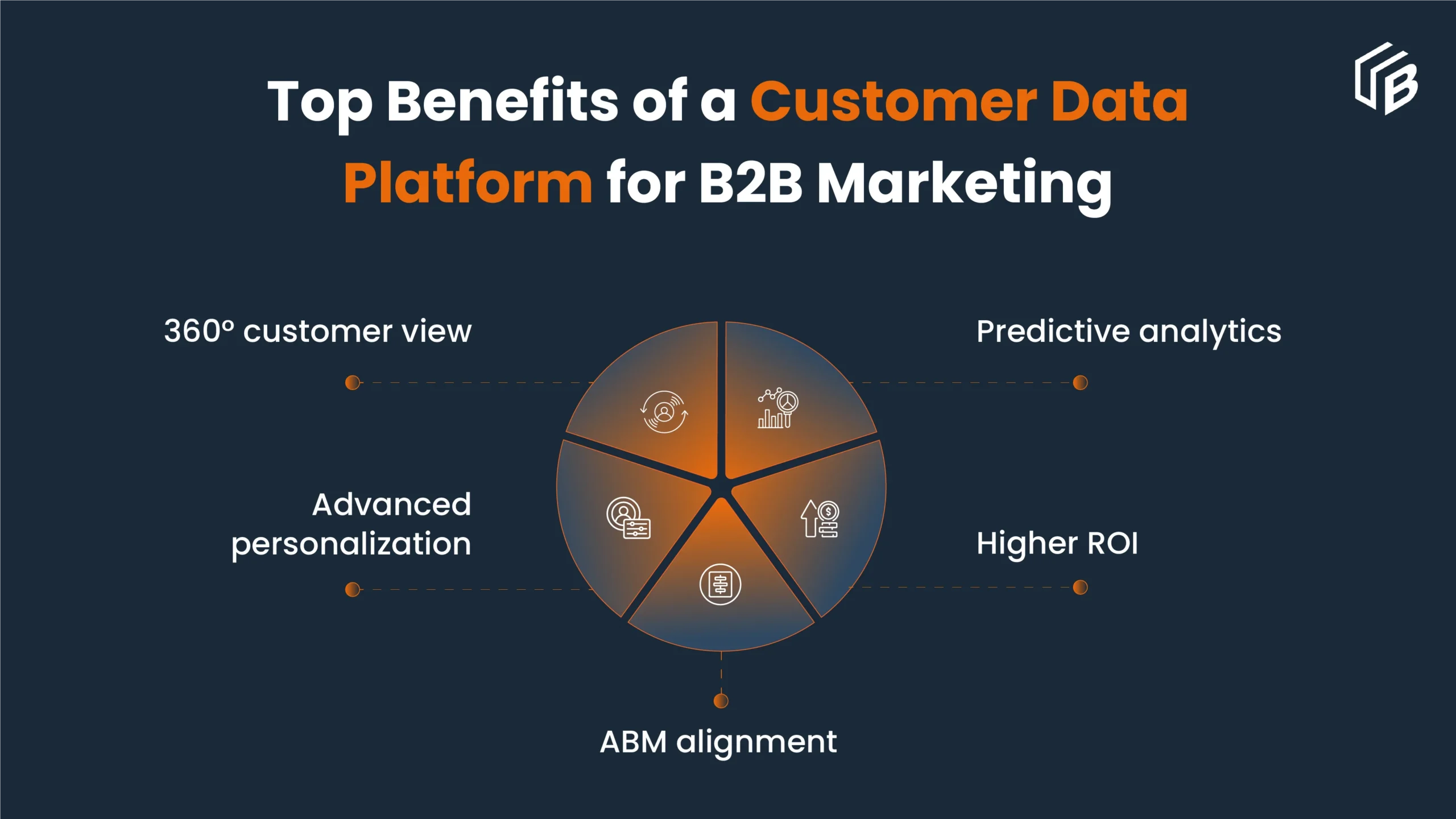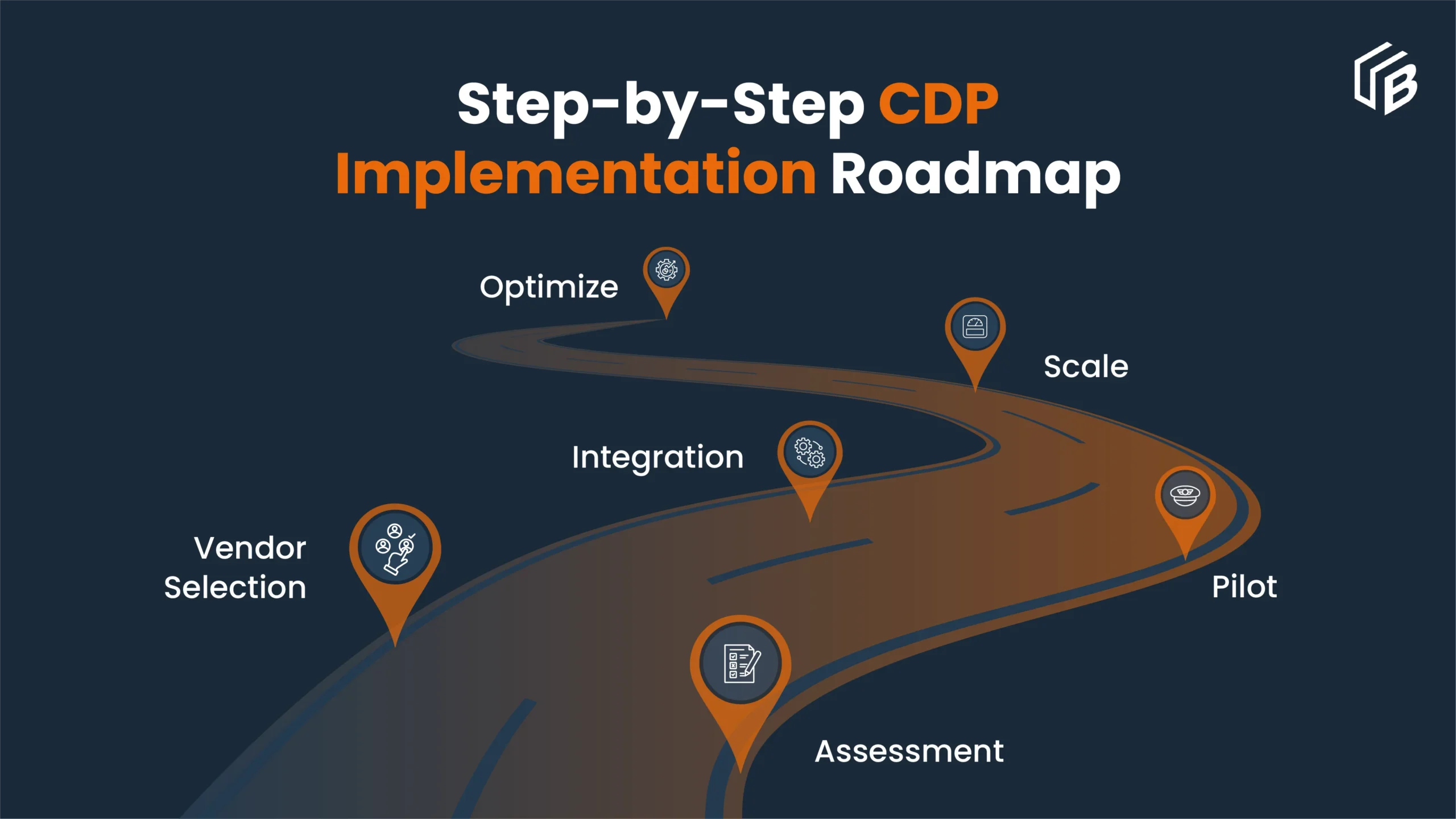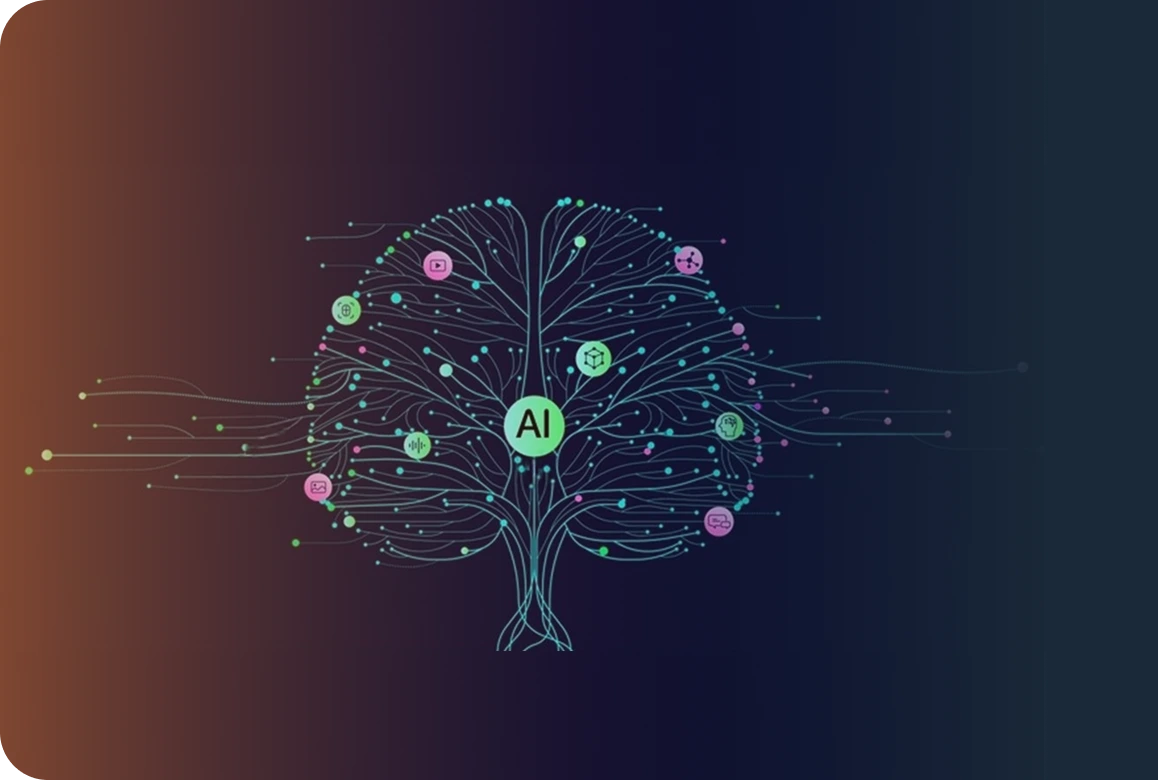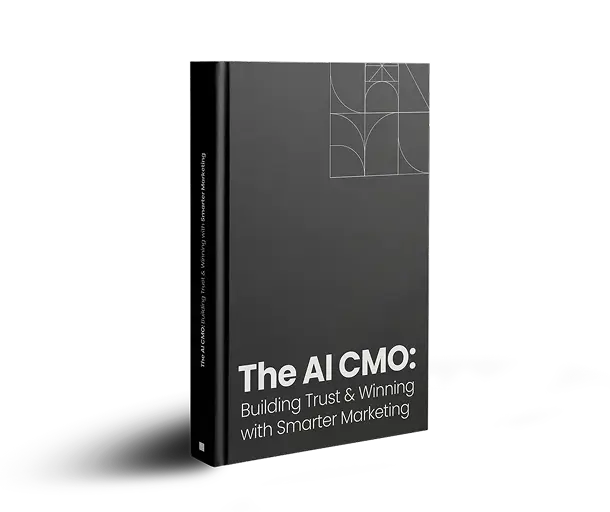
What Is a Customer Data Platform in B2B Marketing?
Every B2B company today faces the same challenge: customer data is scattered across CRMs, marketing automation platforms, analytics tools, and even spreadsheets. This fragmentation makes it difficult to get a clear picture of accounts and buying committees.
That’s why Customer Data Platforms (CDPs) are gaining traction. A CDP unifies data from every touchpoint into a single, consistent view of the customer or account. Unlike CRMs, which focus mostly on contact management, or DMPs, which deal with anonymous advertising data, a B2B CDP connects both people and accounts across the entire sales cycle.
For B2B marketers, this distinction matters. Customer Data Platform B2B marketing isn’t about targeting one buyer at a time the way B2C does. It’s about managing complex buying groups, long decision cycles, and multiple stakeholders in a way that traditional systems simply can’t.
Core Features of a B2B CDP:
- Unified account and contact profiles
- AI-driven insights and predictive intent signals
- Integrations with CRM, MAP, and analytics tools
- Advanced segmentation for account-based strategies
Well-known CDP platform examples include Salesforce Data Cloud, Adobe Real-Time CDP, Segment, and Treasure Data.
Why Customer Data Platform B2B Marketing Outperforms CRM
CRMs are valuable, but they weren’t designed for modern B2B marketing. They record contacts and track deals, but they don’t connect the dots across multiple touchpoints or predict what accounts are likely to do next.
That’s where a Customer Data Platform for B2B marketing creates a real advantage. It unifies fragmented data, gives marketing and sales one source of truth, and fuels campaigns that actually convert.
The ROI Impact of B2B CDPs:
- Smarter targeting and prioritization
- Personalization at the account level
- Faster movement from lead to revenue
- Stronger attribution and visibility into ROI
CRM vs. CDP in B2B Marketing
| METRICS | CRM | B2B CDP |
| Data | Contact-level, siloed | Unified accounts + contacts |
| Personalization | Basic | AI-powered, account-based |
| Integration | Limited | Deep, across Martech stack |
| ROI | Incremental | Significant, measurable |
Why Customer Data Platform B2B Marketing Is Essential Today
The modern B2B buying journey is anything but straightforward. It’s digital-first, involves multiple stakeholders, and often jumps back and forth across channels. Traditional CRMs and marketing automation platforms simply weren’t built to handle that level of complexity.
This is where Customer Data Platform B2B marketing makes the difference. A CDP unifies data from every touchpoint and gives revenue teams a single, reliable view of accounts and buying groups.
With the right CDP in place, organizations can:
- Personalize outreach in ways that resonate with entire buying committees
- Scale account-based marketing with precision
- Strengthen retention and boost customer lifetime value
- Increase ROI through predictive scoring and intent-driven engagement

Who Should Invest in a B2B Customer Data Platform?
A B2B Customer Data Platform creates the most value for:
- CMOs who need better visibility into performance
- Sales leaders who want to focus on the right accounts
- Revenue teams tired of working with siloed data
- Industries like SaaS, IT services, manufacturing, and finance where buying cycles are complex
For large enterprises, enterprise CDPs unify data across departments, giving marketing, sales, and customer success one shared view of the customer.
Where CDPs Fit in the Martech Stack
A Customer Data Platform in B2B marketing is not designed to replace your CRM or marketing automation platform. It’s the connective layer that makes them smarter and more impactful. Think of it as the foundation that unifies all the moving parts of your martech stack into a single, coordinated system.
Why CDP Integration Matters
CRM becomes richer: Instead of just storing static contact details and deal records, a CRM integrated with a CDP holds a dynamic view of each account, complete with behavioral signals, engagement history, and predictive intent.
MAP campaigns become sharper: Marketing automation tools can finally use unified data to run highly personalized campaigns, tailored not just to individuals but to entire buying groups.
Analytics and AI become more predictive: With all customer data centralized, analytics platforms and AI engines can deliver accurate forecasts, identify high-value opportunities, and surface insights that drive better decisions.
When combined with ABM strategies, an enterprise customer data platform does more than sit in the stack. It anchors the entire go-to-market strategy, ensuring sales, marketing, and customer success work from the same set of intelligence.
When to Invest in a B2B CDP
Most organizations reach a point where their existing tools can’t keep up with the complexity of modern B2B buying. The warning signs are usually clear: personalization feels shallow, ROI is hard to prove, and data is scattered across too many systems. That’s the tipping point when a B2B Customer Data Platform stops being optional and becomes a necessity.
Signs Your Organization Is Ready
- Data silos block visibility: Teams are working from different systems with no single source of truth.
- Campaigns underperform: Outreach feels generic and fails to resonate with buying groups.
- ROI is unclear: Marketing efforts can’t be tied directly to revenue impact.
Phases of CDP Implementation
Implementing a Customer Data Platform for B2B marketing doesn’t have to happen all at once. Successful enterprises usually move in stages:
- Consolidate and clean data from all customer-facing systems.
- Activate AI-driven insights for smarter targeting and predictive scoring.
- Scale personalization across marketing, sales, and customer success teams.
2025 Outlook: Best Customer Data Platforms (CDPs) in 2025
Next-generation enterprise CDPs will focus on real-time intelligence, deeper AI, and tighter integration with ABM strategies. Leaders like Salesforce, Adobe, and Treasure Data are already shaping what the best customer data platforms in 2025 will look like.

How to Select and Implement the Best Customer Data Platform
What to Look For
- Scalability for enterprise data
- Strong AI and predictive capabilities
- Account-level visibility, not just contact-level
- Smooth integrations with your Martech stack
Top Customer Data Platforms to Consider
- Salesforce Data Cloud, Adobe Real-Time CDP, BlueConic, Segment, Treasure Data.
- Customer Data Platform B2B Marketing Examples
- A SaaS company cutting churn with predictive alerts
- An IT services provider boosting ABM outcomes with unified profiles
- A financial enterprise improving compliance with stronger governance
Step-by-Step CDP Implementation
- Define clear goals and KPIs
- Audit your current data environment
- Select the best customer data platform for your business model
- Roll out in stages, starting with unification
- Measure ROI and refine
FAQs
What does a Customer Data Platform do?
A CDP unifies customer and account data into a single, actionable system for marketing and sales.
What is an example of a Customer Data Platform?
Salesforce Data Cloud, Adobe Real-Time CDP, and Segment are leading CDP platform examples for enterprises.
What is the best Customer Data Platform?
The best customer data platform depends on scale and needs, but Salesforce and Adobe lead for enterprise CDPs.
How does a Customer Data Platform improve B2B marketing?
A B2B CDP powers account-level personalization, predictive insights, and measurable ROI improvements.
Conclusion
Customer Data Platform B2B marketing is quickly becoming the backbone of modern B2B growth. Rather than relying on disconnected campaigns, CDPs enable organizations to engage accounts with precision, measure meaningful outcomes, and scale proven strategies.
For CMOs, the message is clear: the time to act is now. Selecting the best customer data platform and building the go-to-market engine around it will define competitive advantage. Leaders in B2B will be the companies that harness B2B CDPs to transform raw data into measurable revenue impact.
Our blog
Latest blog posts
Tool and strategies modern teams need to help their companies grow.

Programmatic advertising platforms have redefined how digital campaigns are planned a...

B2B buyers expect websites that deliver relevance, not generic experiences. They expe...








